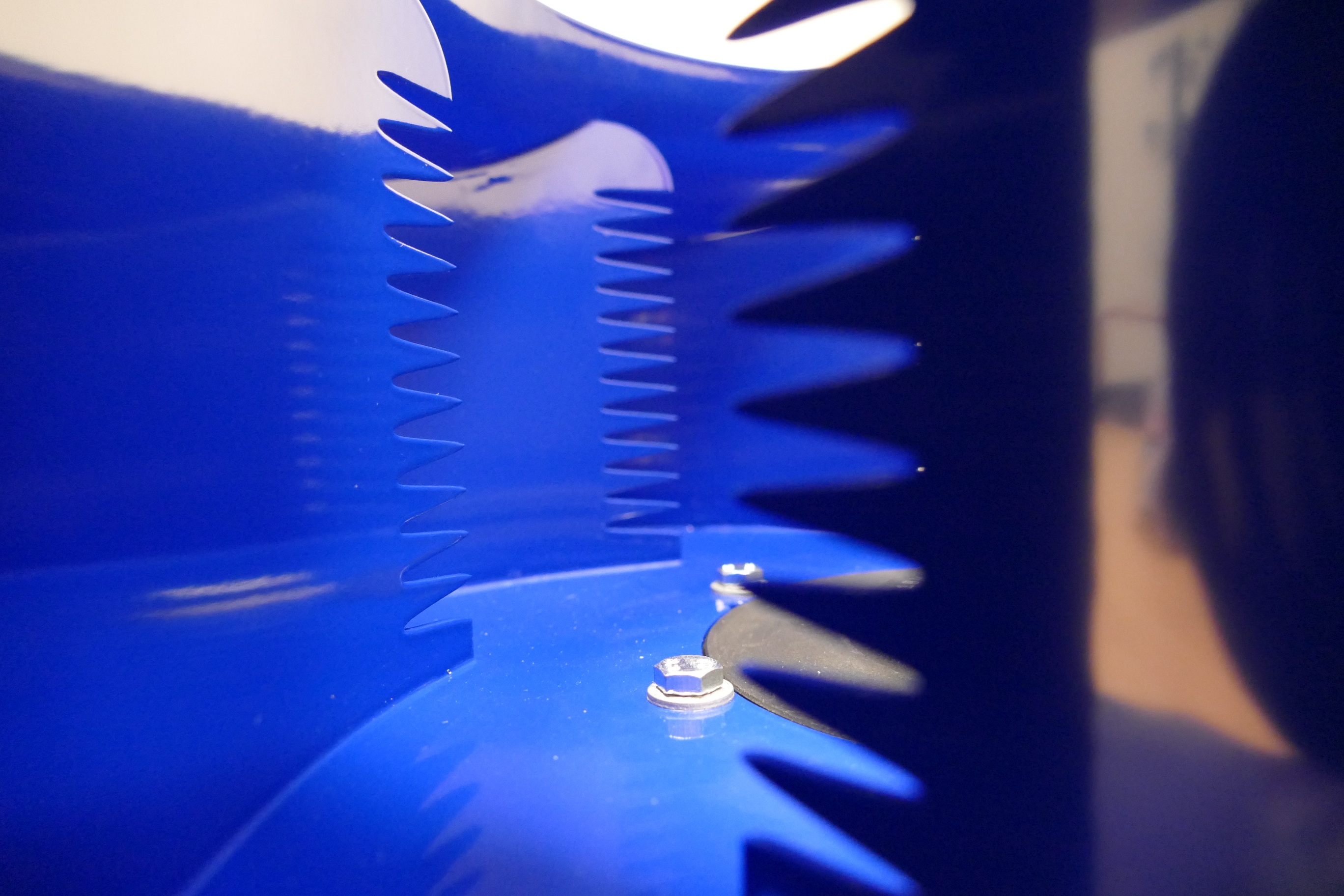SmartAnswer
Smart mitigation of flow-induced acoustic radiation and transmission for reduced aircraft, surface transport, workplaces and wind energy noise
Introduction
A step change in our noise mitigation strategies is required in order to meet the environmental targets or regulations defined for a number of sectors of activity affecting people through noise exposure, such as air / ground transportation, building ventilation systems and wind energy production. Besides being a hindrance to our daily life, noise emission is also a competitive issue, i.e. for better passenger comfort in air / ground transportation, and for quieter domestic appliances and systems in our homes and working places. While much progress has been accomplished in the past decades in this respect, the constant growth in air and ground traffic, the desired increase of the share of wind energy production, etc., require very substantial reductions that cannot be achieved with current solutions.
Hence, new technologies have been emerging, based on radically new concepts for flow and acoustic control, such as micro-electro-mechanical devices (MEMs), meta-materials, porous treatment of airframe surfaces, airfoil leading-edge or trailing-edge serrations, micro-jets, plasma actuation, … Today the convergence of the technological progress in the domains of 3D printing process and functional materials leads to imminent technological breakthrough which will impact profoundly on the development of tomorrow’s structures, including mechanical systems and acoustic treatments. Some of these new ideas appear nowadays promising, however still largely as the result of extensive trial-and-error tests.

Factors
As a matter of fact, it now appears to this consortium that the development and maturation of novel noise reduction technologies is hindered by several factors:
- An insufficient understanding of the physical mechanisms responsible for the alteration of the flow or acoustic fields. In absence of a phenomenological understanding, theoretical models and numerical simulations can hardly be very successful, preventing thereby optimization of our systems. A key difficulty thereto is the quite complex interlacing of multi-physical phenomena, which cannot be tackled separately as a global comprehension is needed. In that respect, progress is somewhat undermined by the classical engineering education system, where scientific teaching is rather fragmented discipline-wise. As a result, freshly graduated engineers are lacking the multi-disciplinary background that is necessary to tackle these new technologies.
- Very tight design constraints are imposed to any novel noise mitigation strategy making its way to the full-scale application: safety, robustness, weight, maintainability, small volume, ecological disposal and naturally cost, are as important concerns, if not more important, as acoustic comfort and compliance with regulations. This imposes quite high thresholds to any novel idea when it comes in competition with already established techniques – thresholds which aren’t sufficiently accounted for in the early research stages. As a result, promising new concepts fail their maturation until the final product stage. Again, a new class of scientists must be trained, more aware of the transversal attributes involved in an industrial innovation process.
- In some sectors, there is an insufficient knowledge about the possibilities that are nowadays offered by new materials, new manufacturing techniques such as 3D-printing, recent advances in control systems, etc. These are fast-evolving technological domains; some approaches have already well matured under the impulse of some industrial sectors, which could be beneficial to other applications if more multi-sectorial collaboration platforms were developed.

Objectives

- Foster a training-through-research network of young researchers, where the ESR fellows will investigate promising emerging technologies for noise reduction, by means of laboratory experiments, simplified theoretical models, numerical simulations, and optimization algorithms based on the aforementioned numerical simulation tools.
- Bring in a coordinated research environment industrial stakeholders picked from the aeronautical, automotive, wind turbine and cooling/ventilation sectors. These sectors have been chosen for their importance in the European economy in terms of growth, employment and ecological impact, and because they share in some respects quite similar concerns, while not being always aware of their respective solutions.
- Offer an unprecedented training infrastructure where the young researchers will not only acquire the necessary scientific skills, but will also be confronted with the intricacies of an innovation process including integration, manufacturing, economical constraints, through strong interactions with the industrial world.
SmartAnswer is a research and training platform focused on innovative flow / noise control and optimization approaches, addressing the above shortcomings by having the following objectives:

